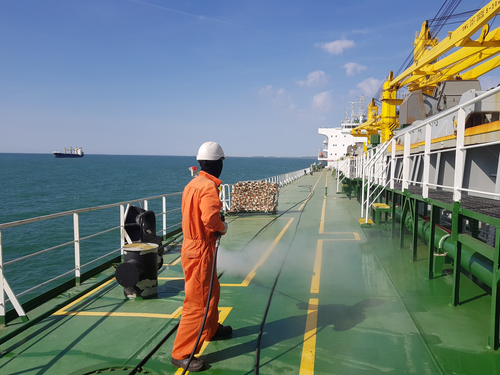Ship abandonment is one of the most difficult challenge seafarers could face, and the numbers of such cases are increasing lately.
According to Andrew Mwangura, a Kenya-based Maritime Consultant, between 2020 and 2021, at least 75 cases of vessel abandonment had been recorded.
He explained that the ILO, along with the IMO, started maintaining records of abandoned ships, and they have done so for nearly two decades. Based on the data, every year, about 20-25 ships are abandoned at various ports.
Furthermore, around 5,000 seafarers on 336 ships had been recorded as abandoned by the IMO and the ILO beginning in 2004.
The rise in crew abandonment is also highlighted by ITF, which reports that the number of vessels listed on the international abandonment database rose from 34 in 2018, to 40 in 2019, to a record high of 85 in 2020.
High-profile cases include that of Mohammad Aisha, a Syrian seafarer who was made legal guardian of the Bharani-flagged MV Aman. Aisha was forced to live on the abandoned vessel for four years while Egyptian authorities tried to sell the ship to pay the owners’ debts. After ITF involvement in December, it took five months to get Aisha home.
However, the number of cases officially reported and recorded by the IMO “is just the tip of the iceberg” when it comes to instances of abandonment and owed wages, noted ITF Inspectorate Coordinator Steve Trowsdale.

































































